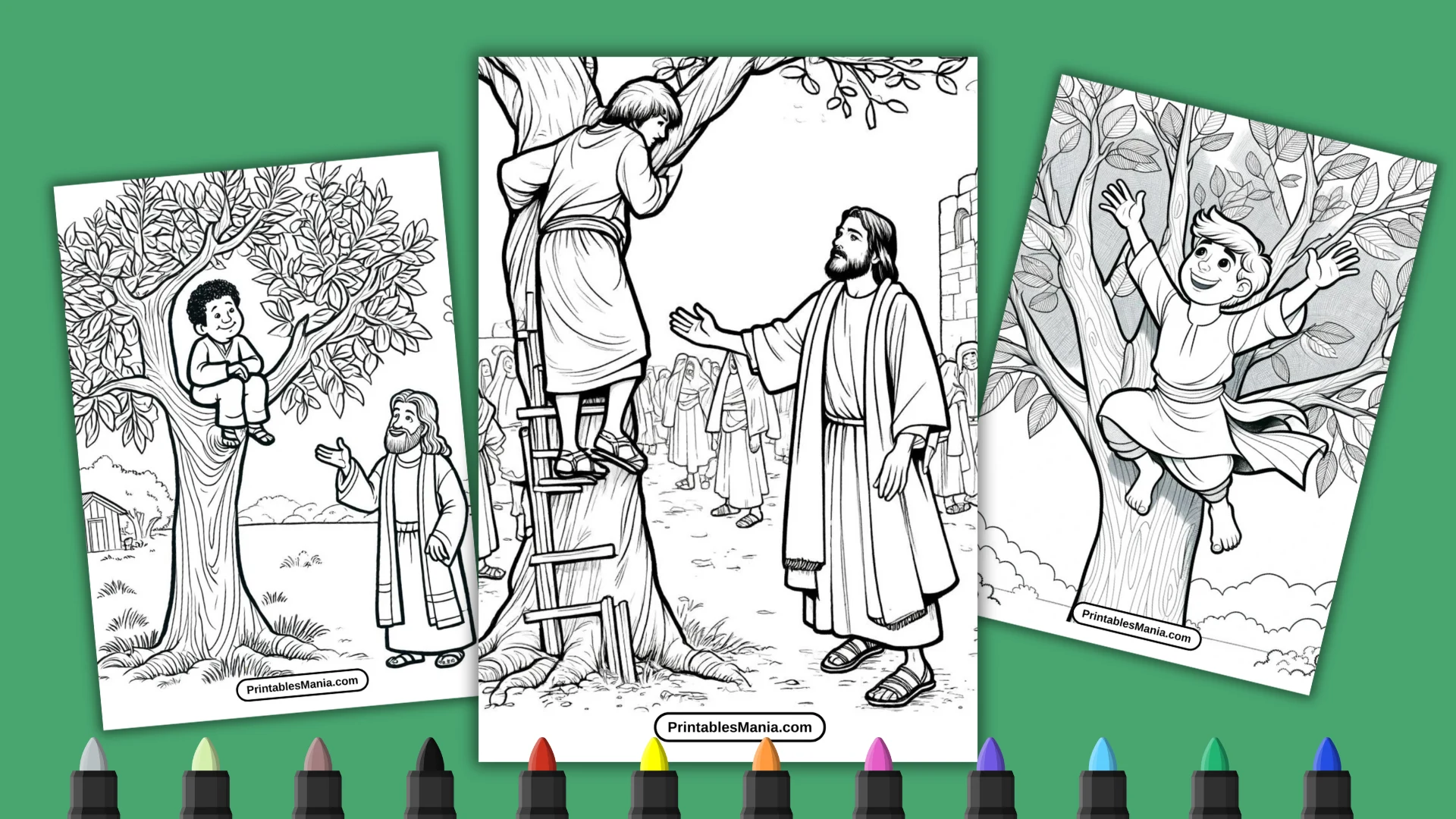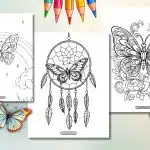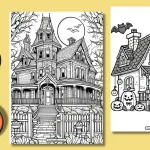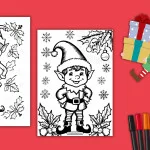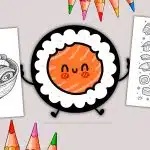Welcome to our collection of Zacchaeus coloring pages, designed to bring the engaging story of Zacchaeus and his encounter with Jesus to life. Perfect for Sunday school lessons, at-home activities, or just for fun, these coloring pages help children learn about this important biblical story in a creative and interactive way.
Why Coloring Pages?
Coloring is more than just a fun activity. It’s a fantastic way for children to develop fine motor skills, focus, and color recognition. Our Zacchaeus coloring pages also provide an opportunity to teach children about forgiveness, change, and the impact of personal encounters with faith.
Explore, Print, and Color
Our Zacchaeus coloring pages are suitable for a wide range of ages and come in various styles and difficulties. Whether you are a teacher looking to supplement your curriculum, a parent interested in a fun educational activity, or a child who loves to color, you’ll find something here that’s perfect for you. Each page is printable and easy to access, allowing kids to revisit the story of Zacchaeus anytime.
- Shramko, Anastasiia (Author)
- English (Publication Language)
- 100 Pages – 11/21/2023 (Publication Date) – Independently published (Publisher)
- Shramko, Anastasiia (Author)
- English (Publication Language)
- 100 Pages – 11/21/2023 (Publication Date) – Independently published (Publisher)
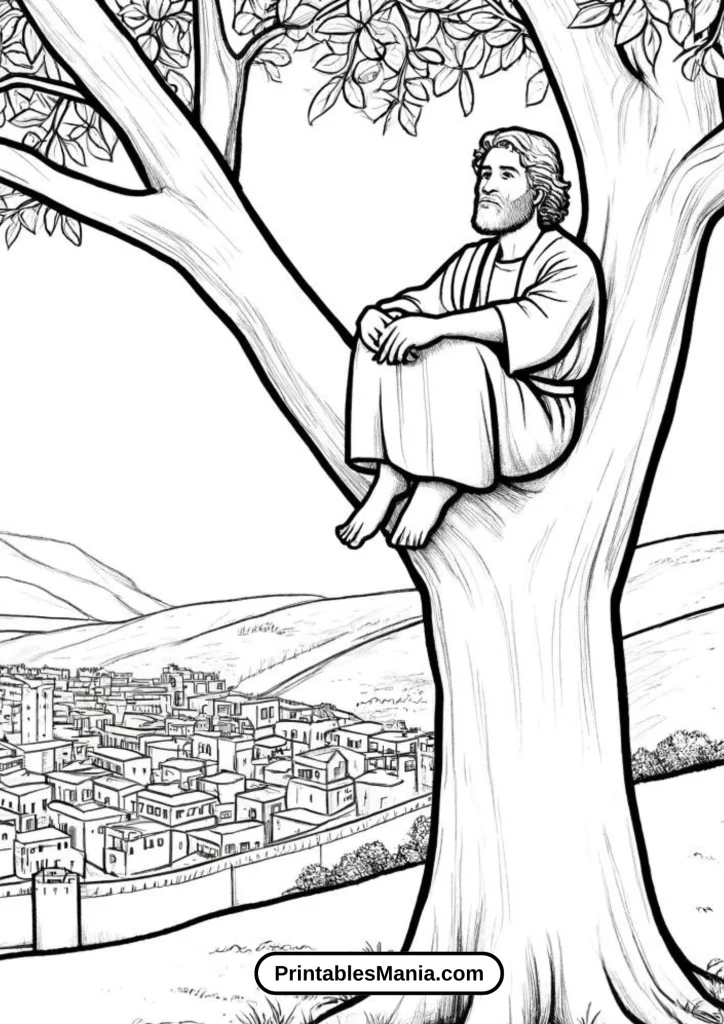
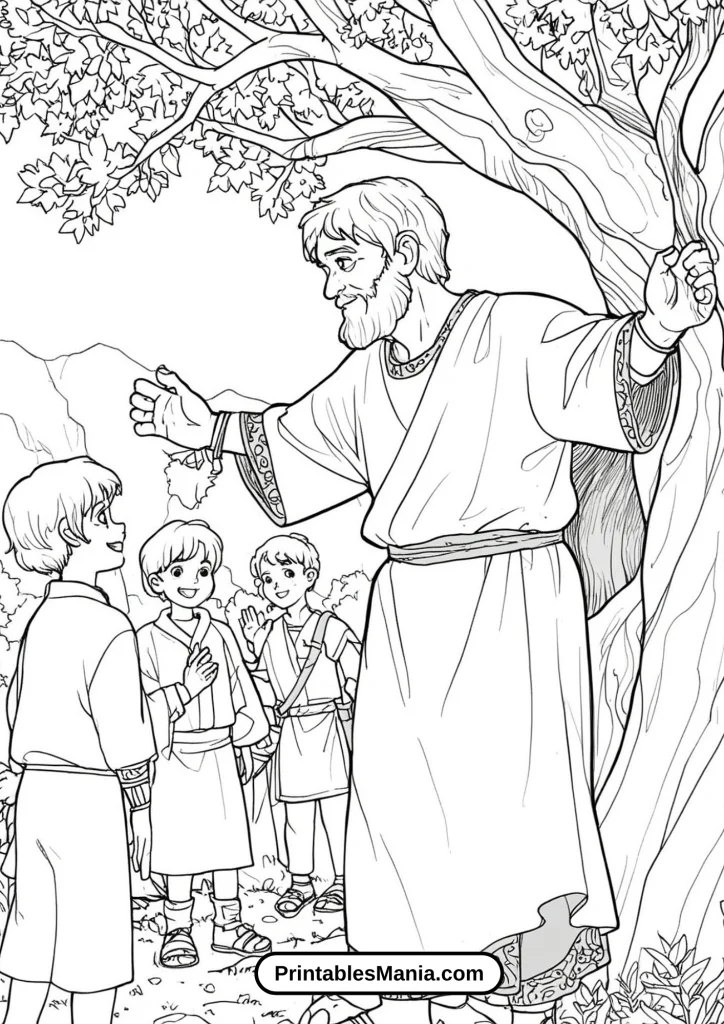
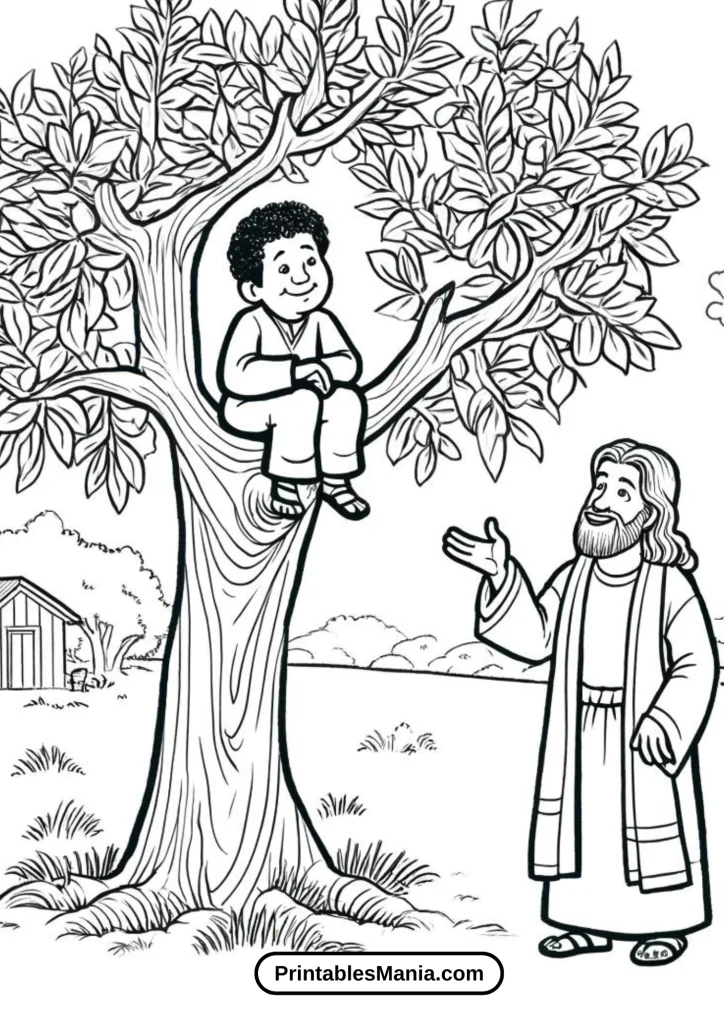
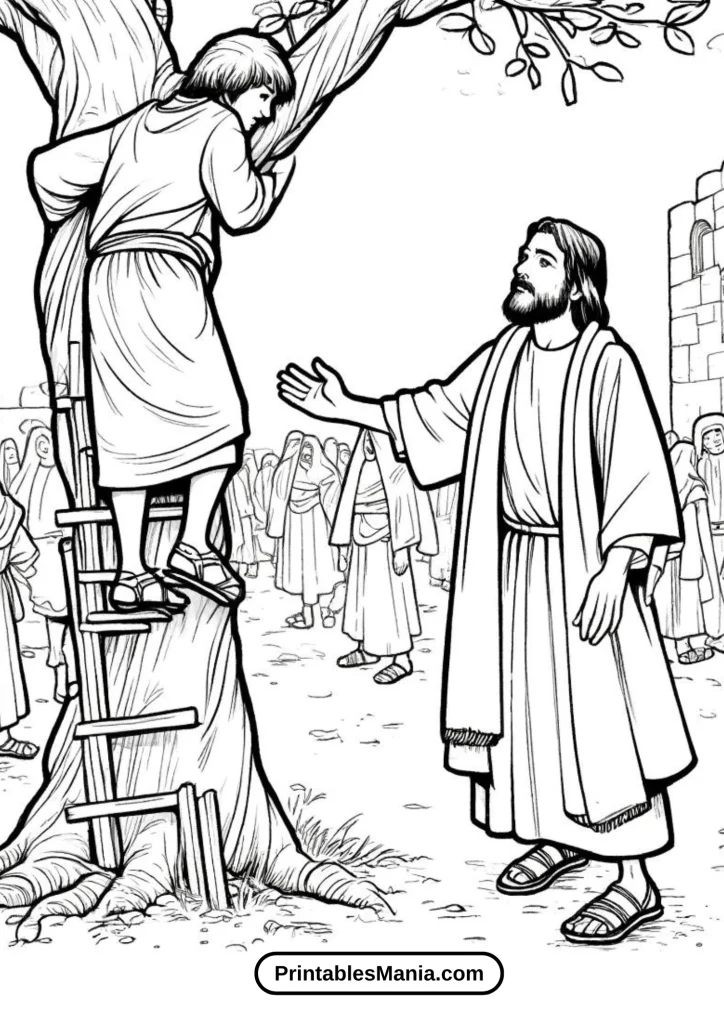
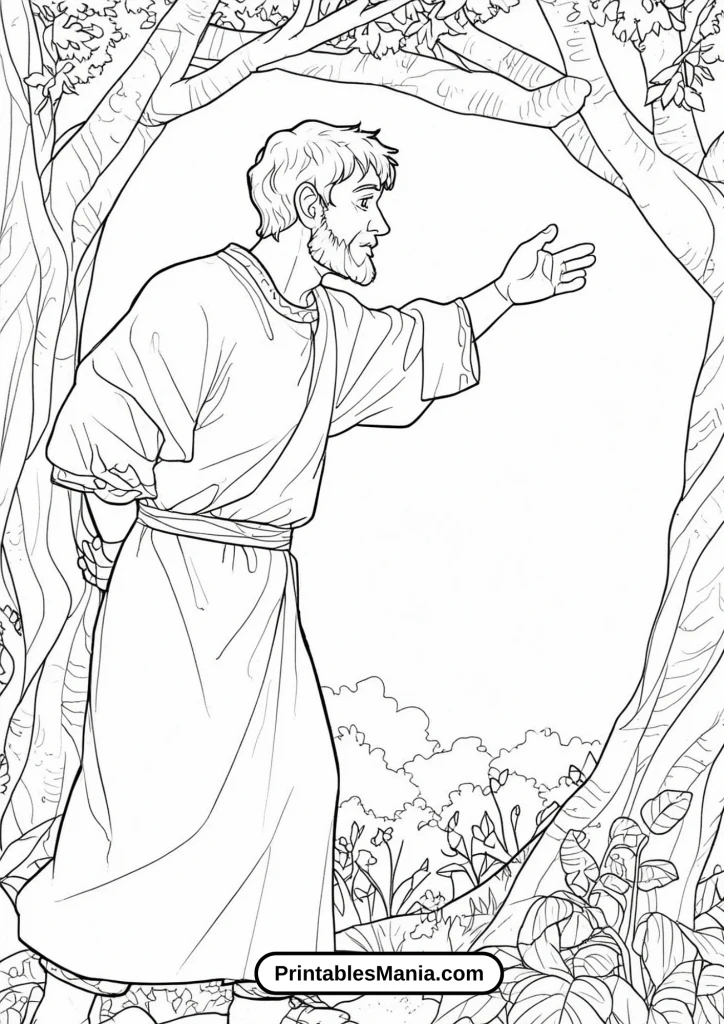
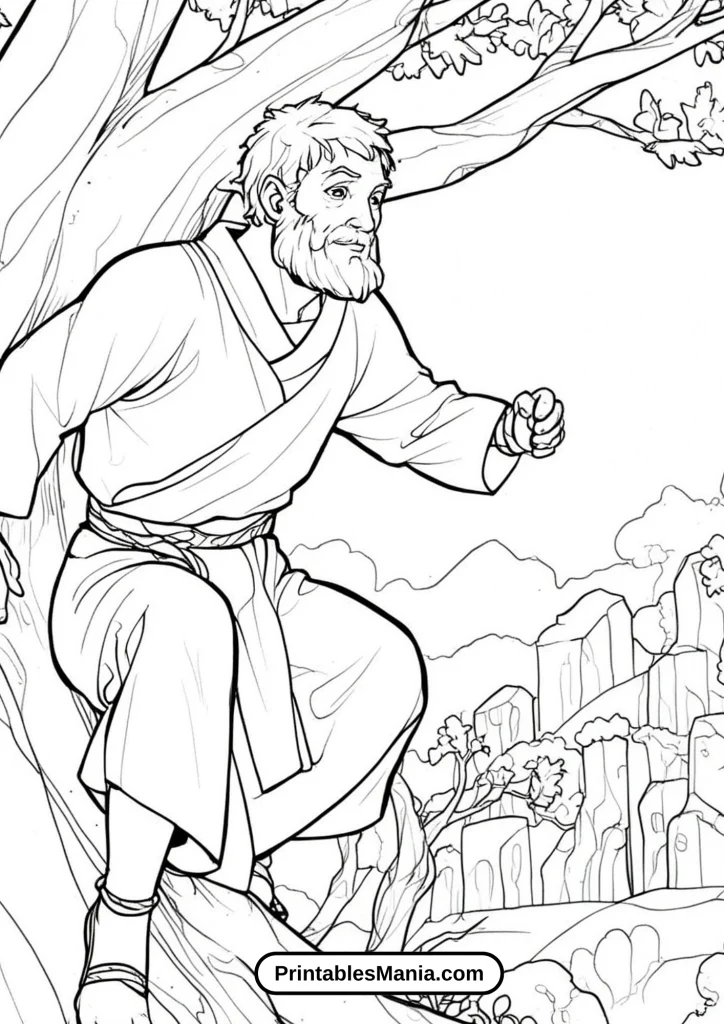

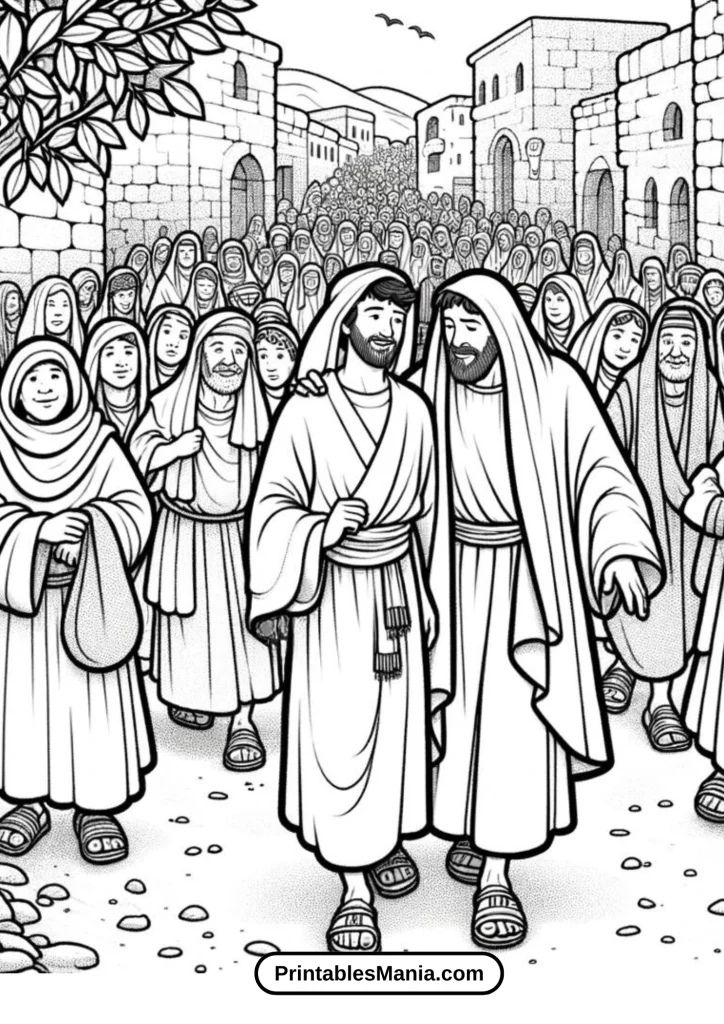
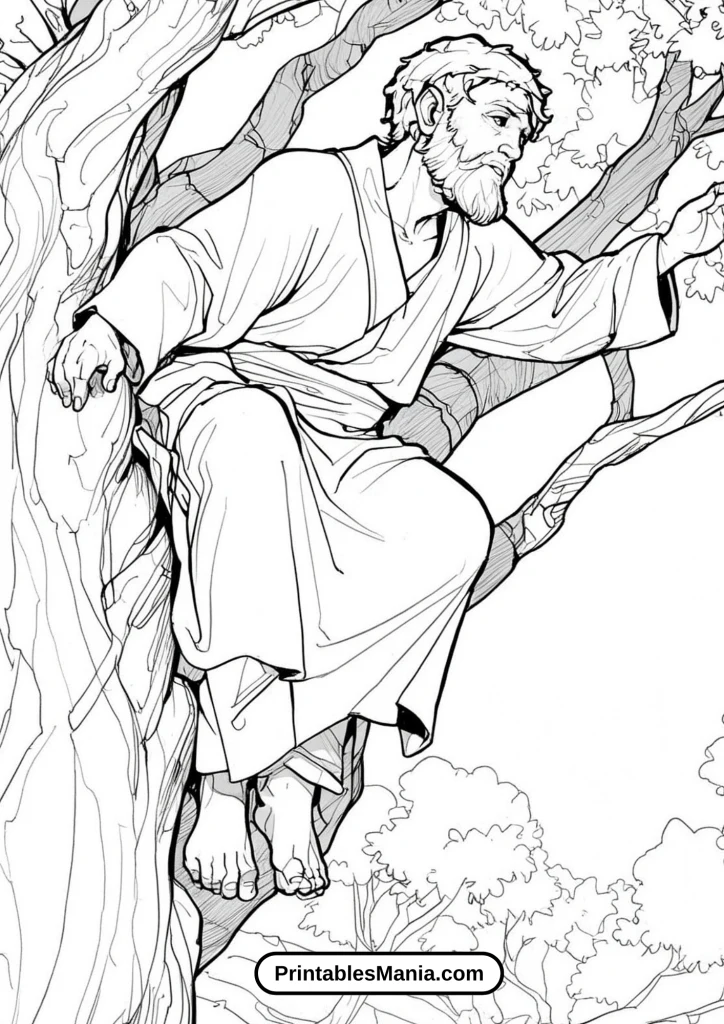
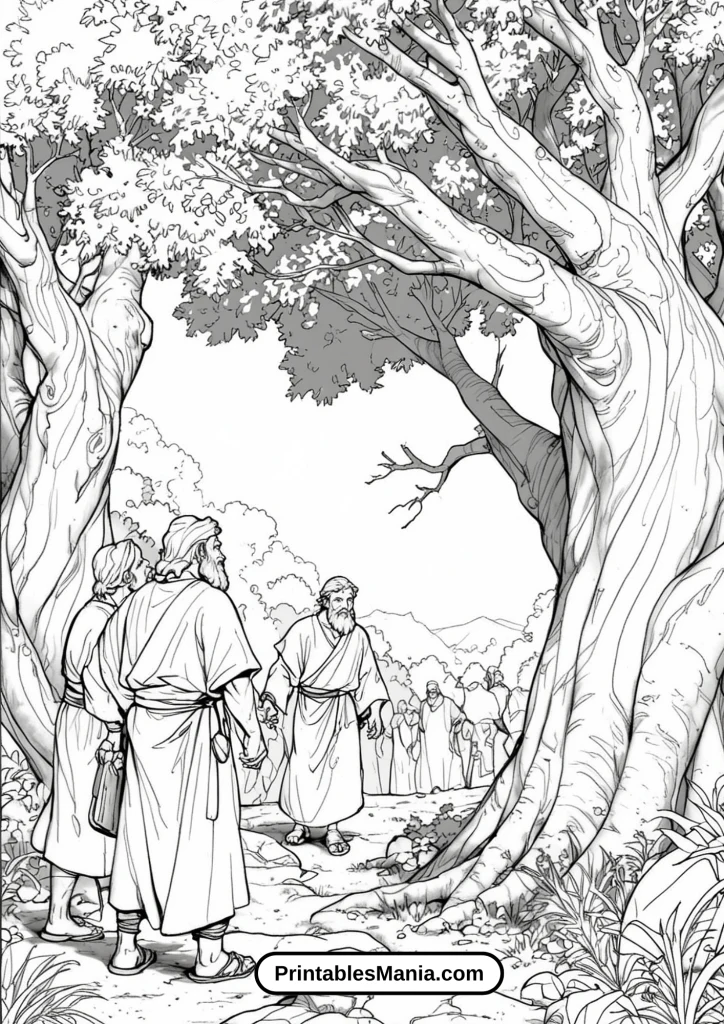
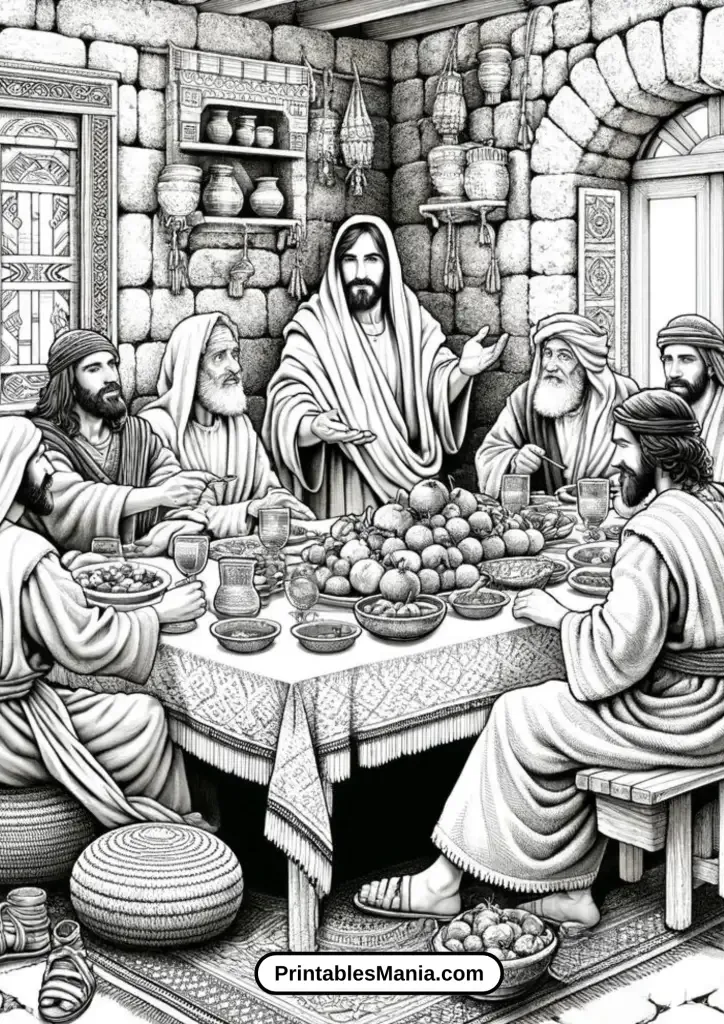
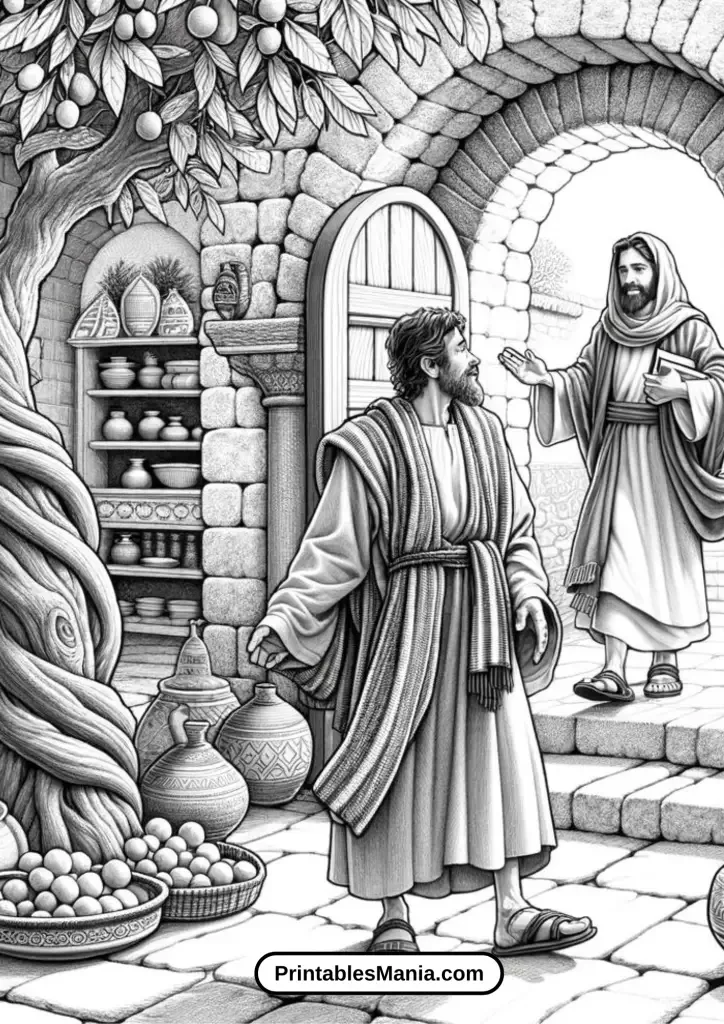
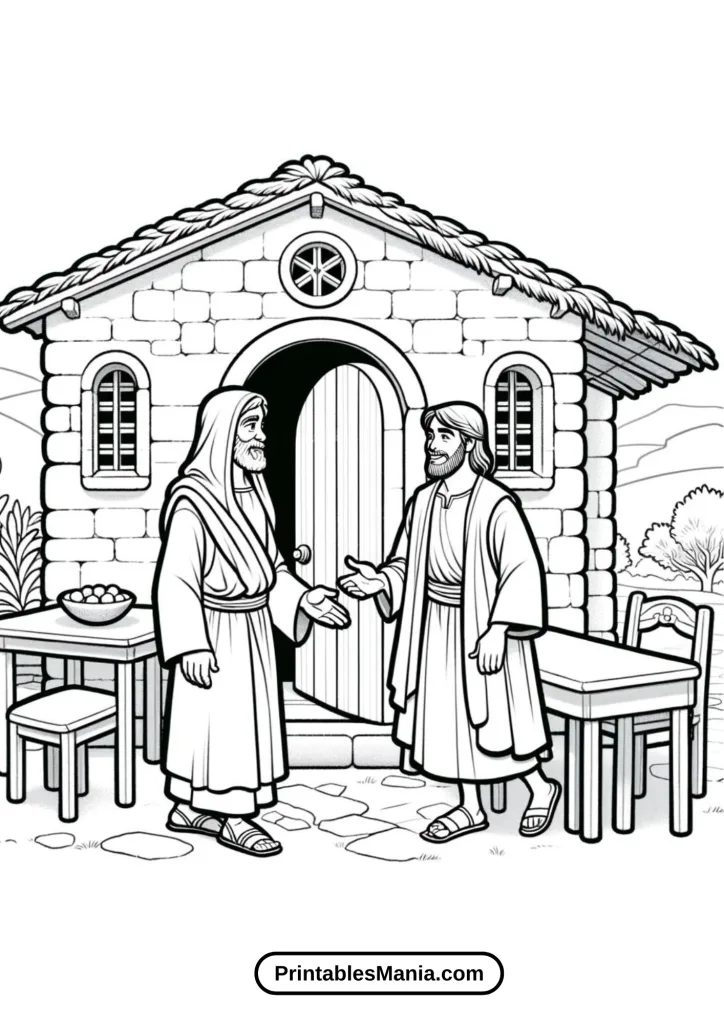
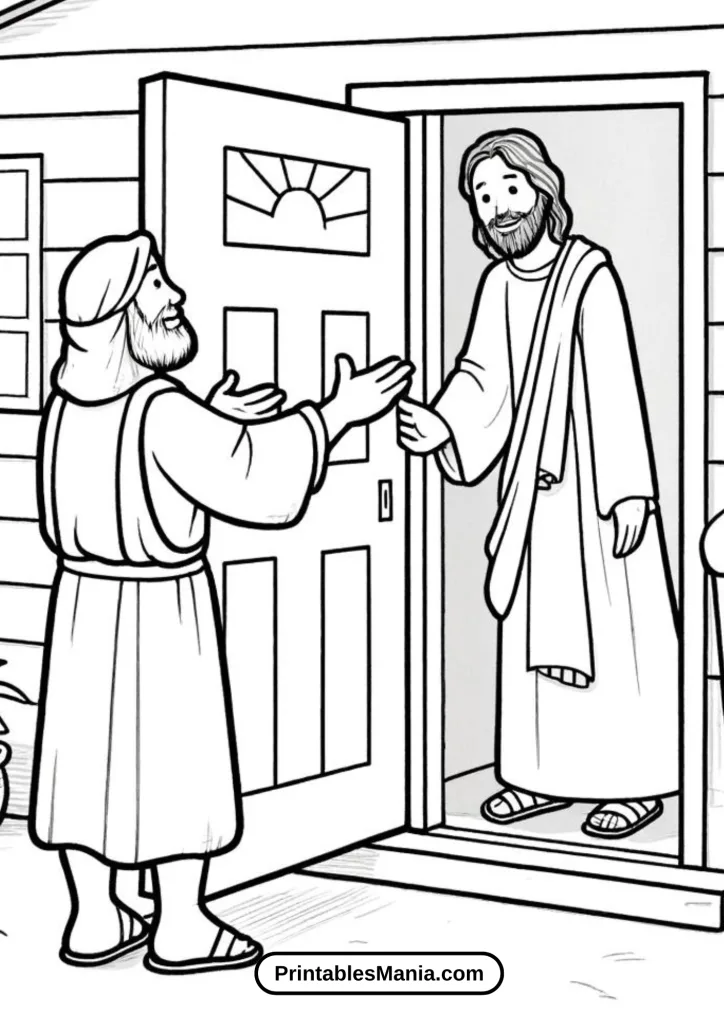
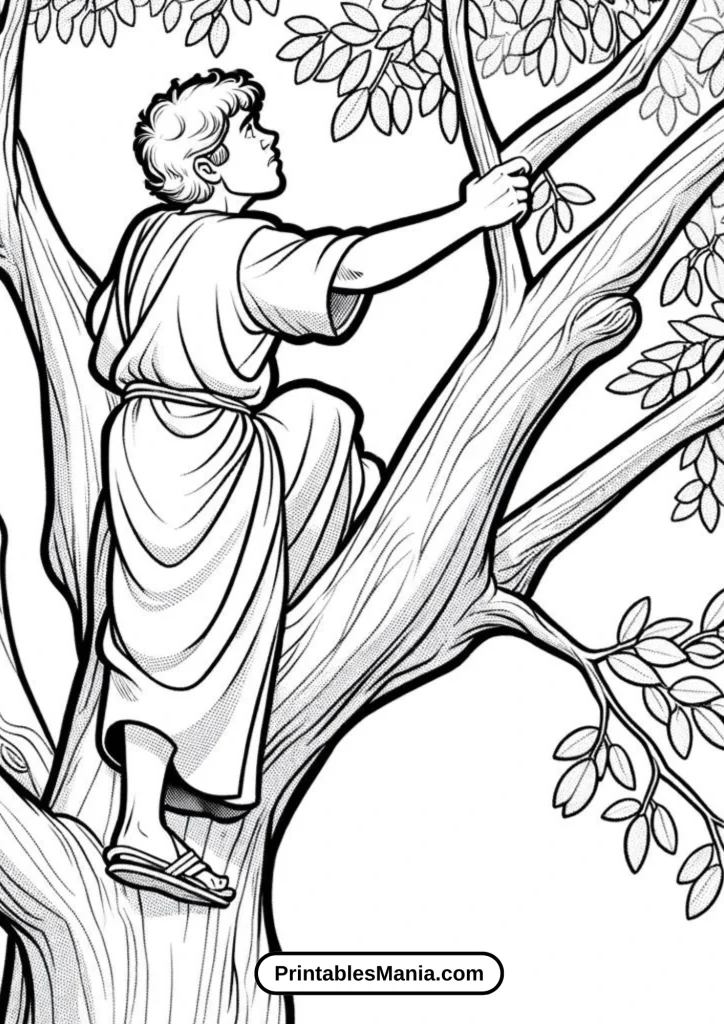
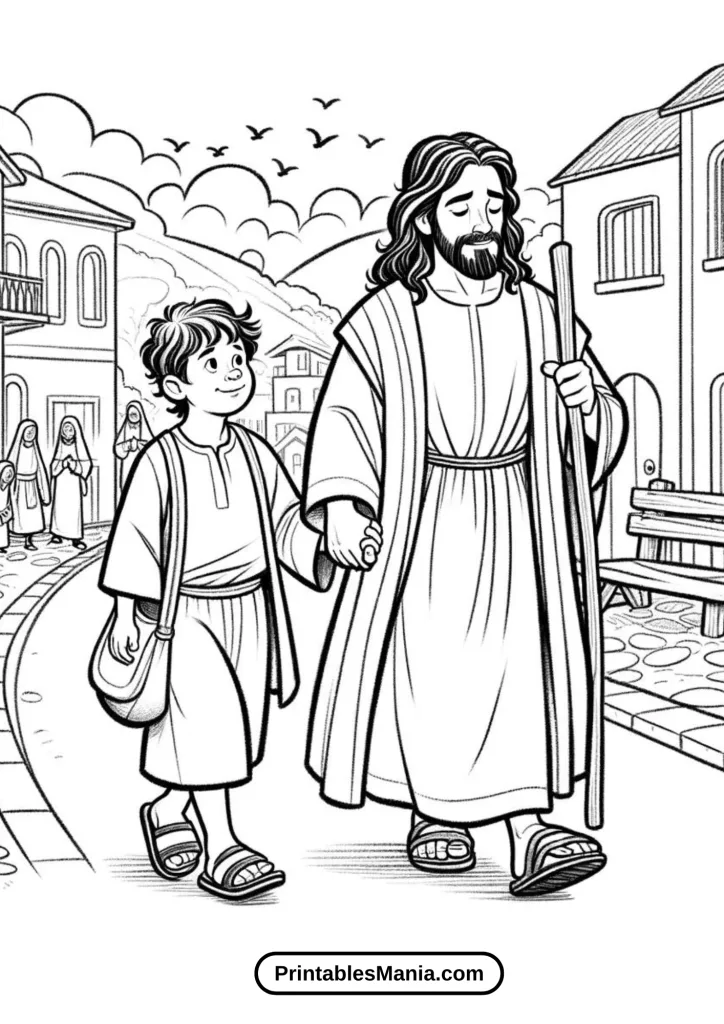
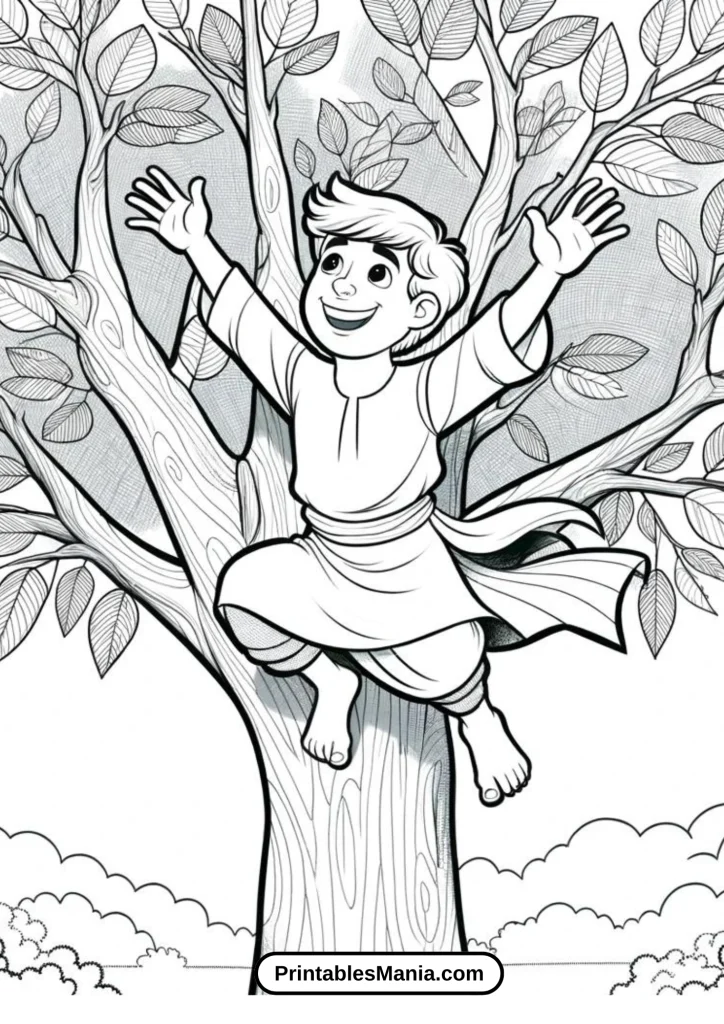
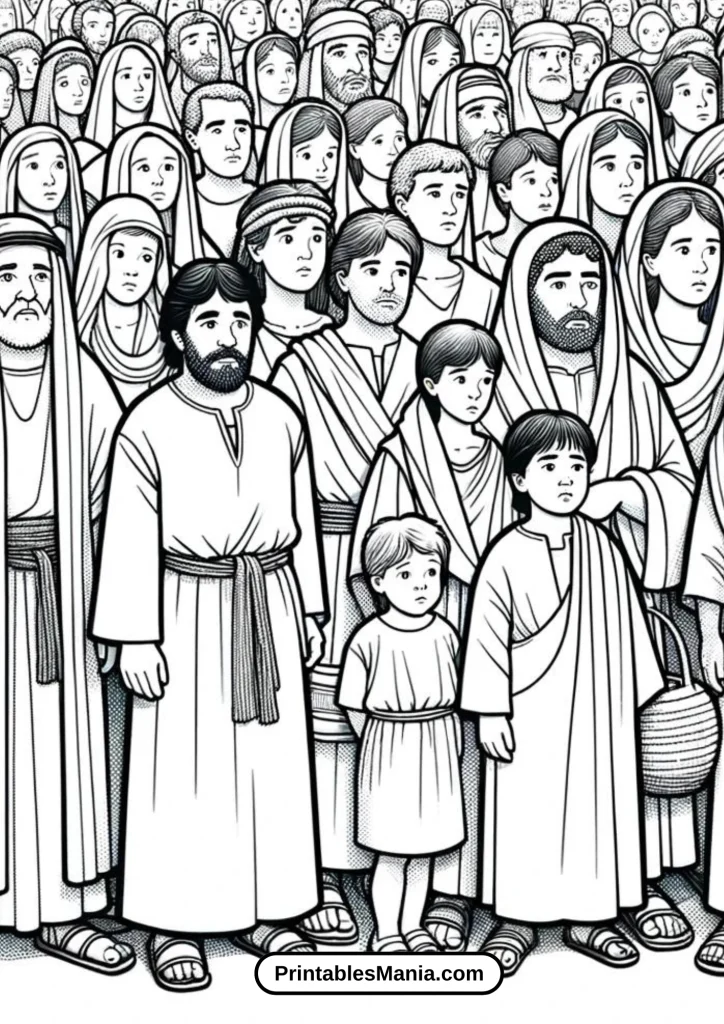
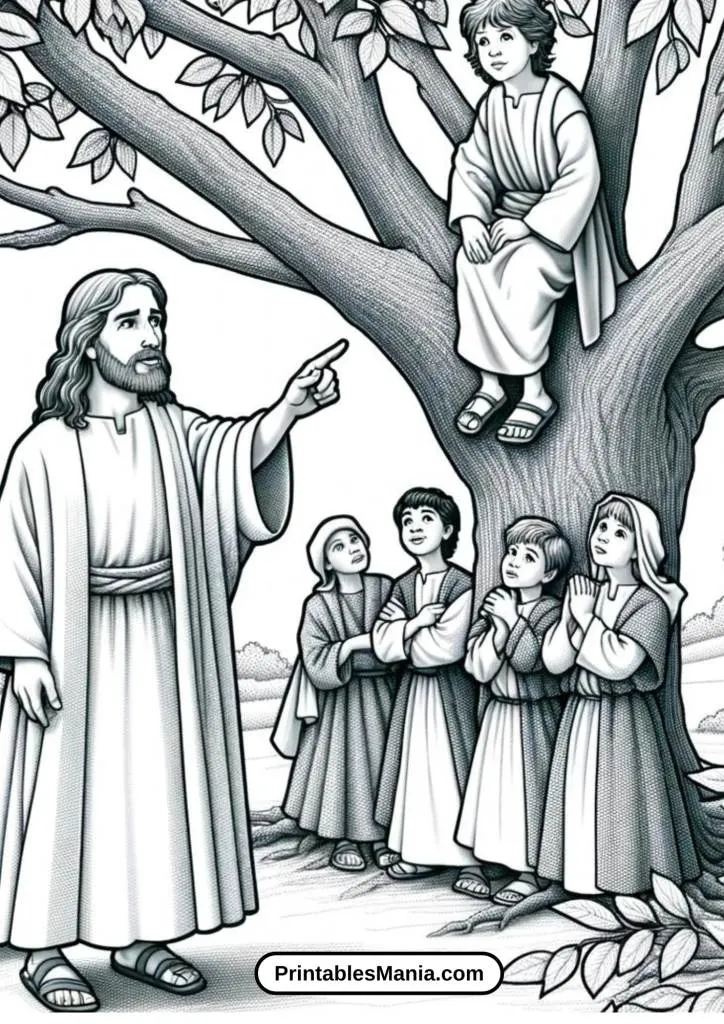
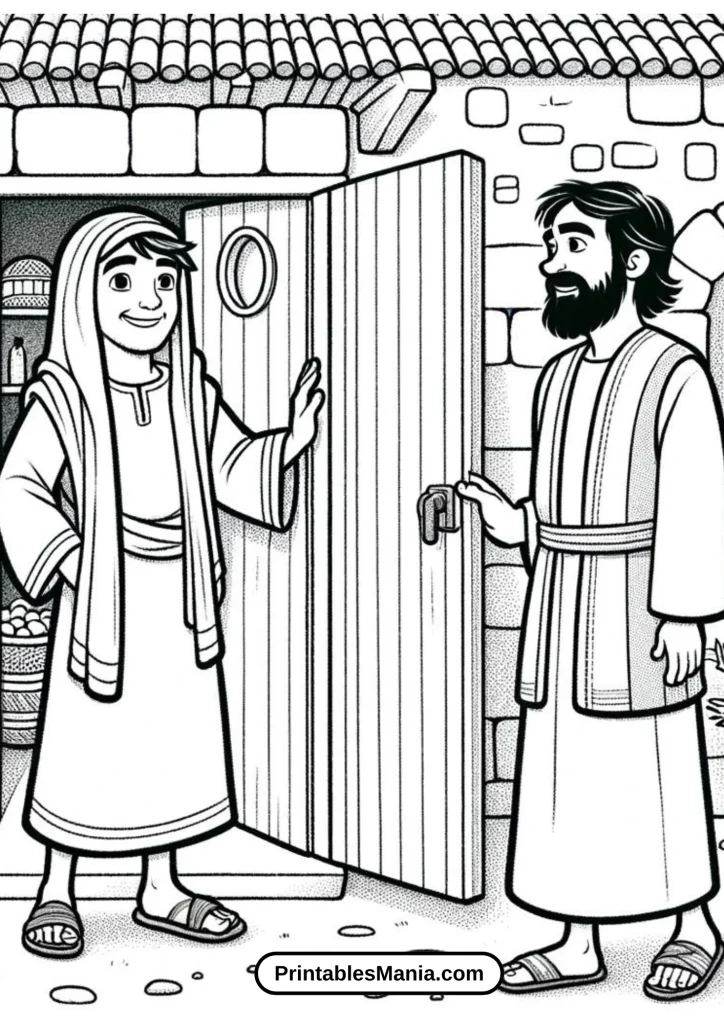
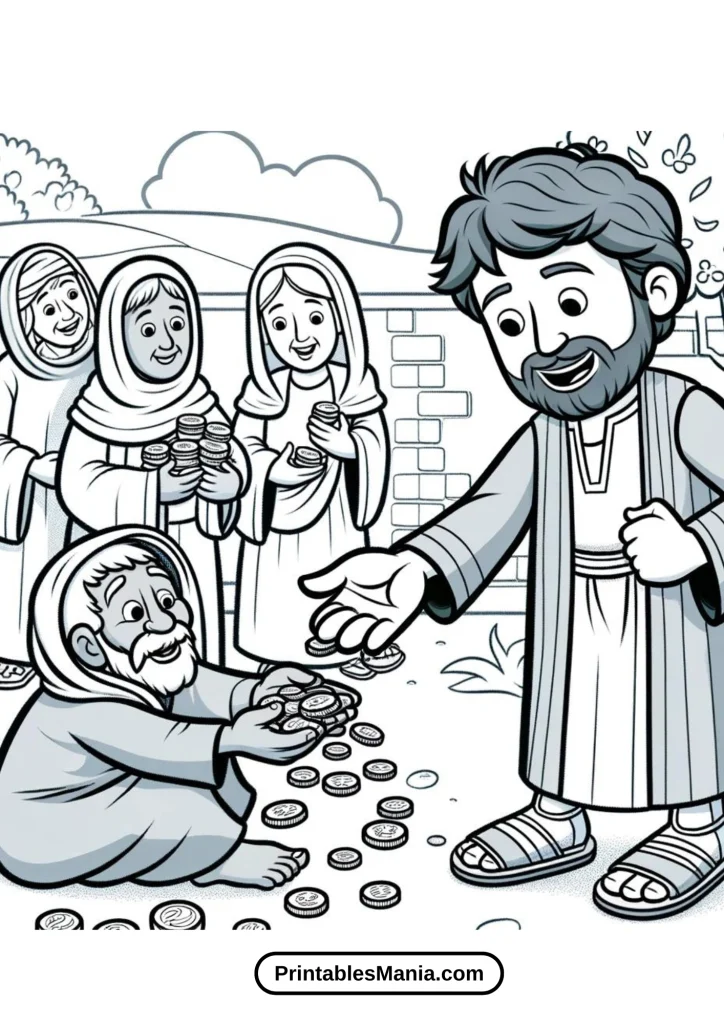
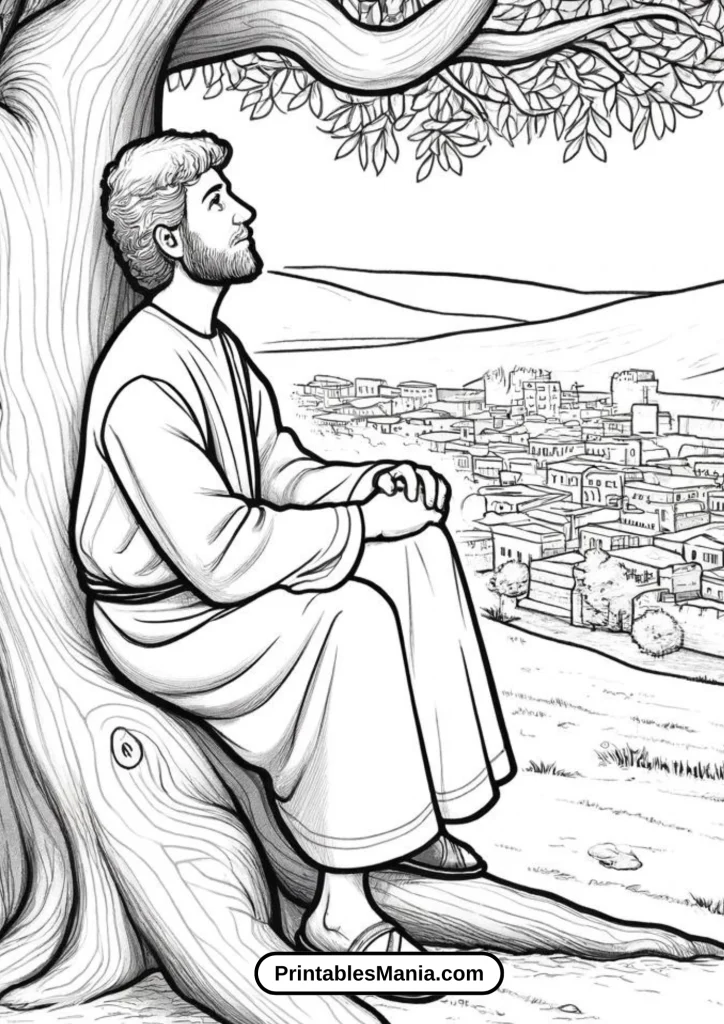
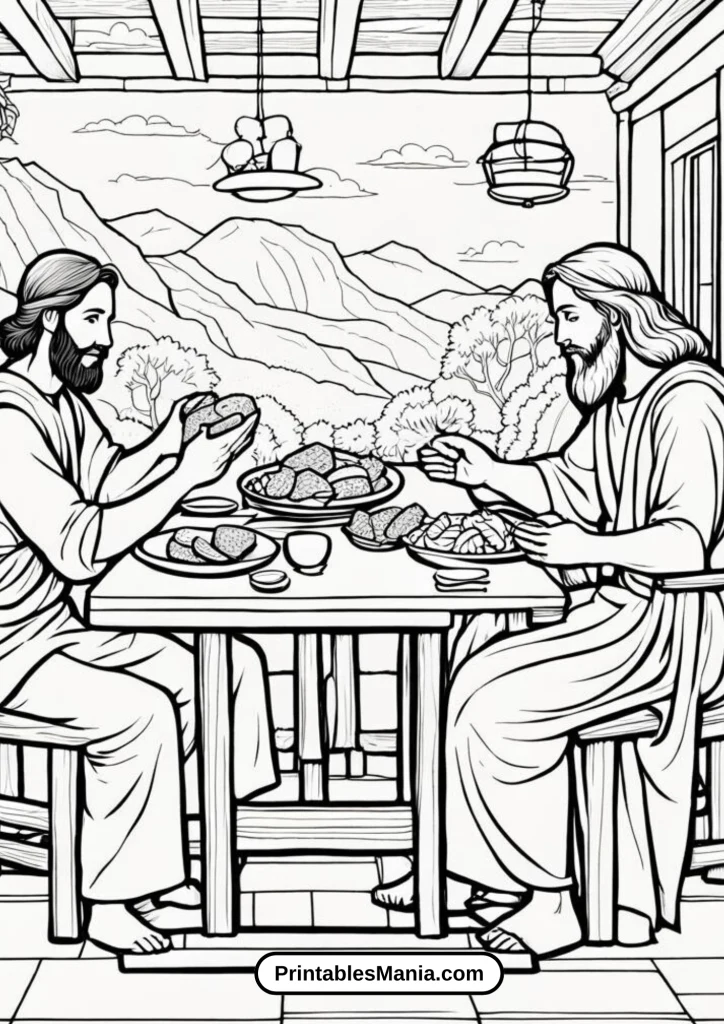
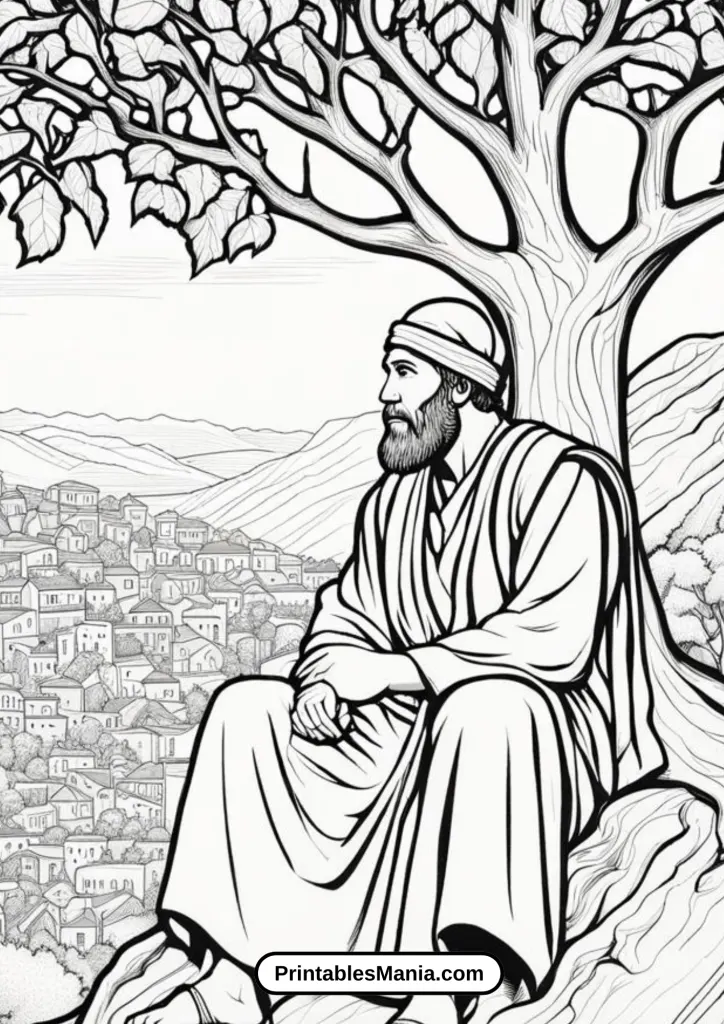
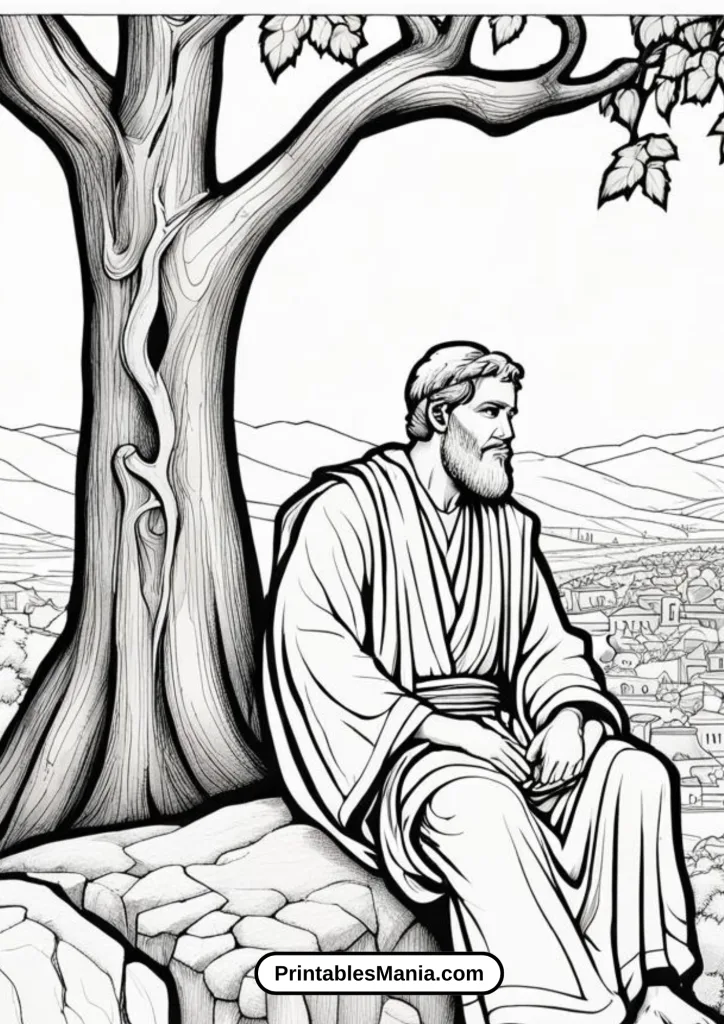
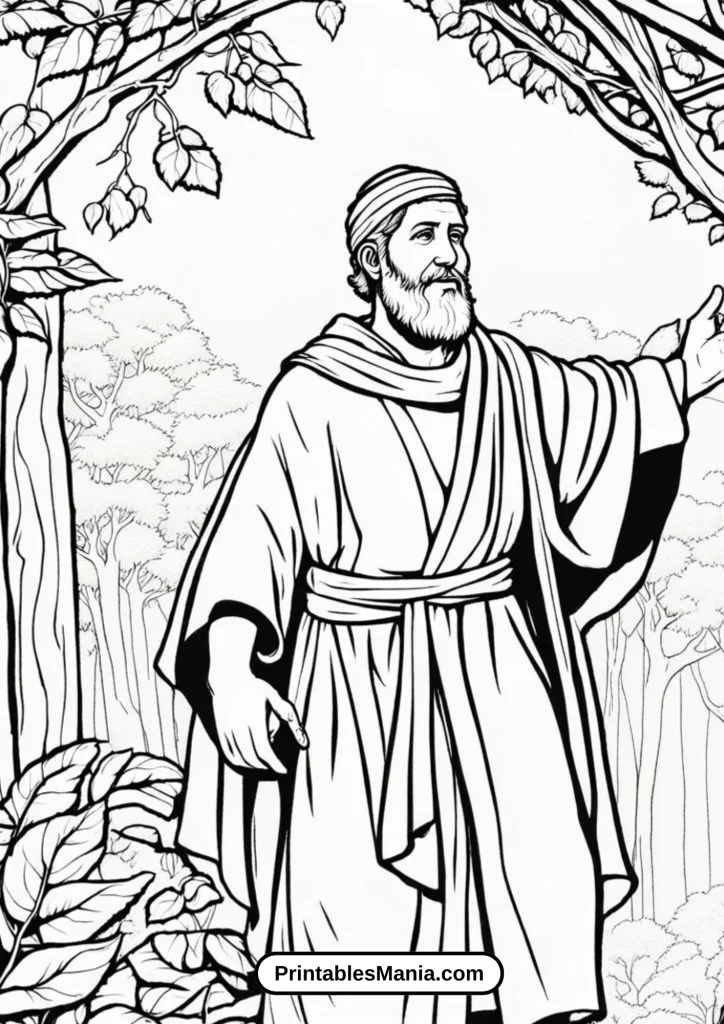
Art Tips and Techniques for Coloring
Choosing the Right Colors
When selecting colors for your Zacchaeus coloring pages, consider the story and its setting. Zacchaeus is a Biblical story set in Jericho, so earthy tones like browns, greens, and blues might be suitable for trees, landscapes, and traditional attire. For a more vibrant touch, especially in children’s artwork, encourage the use of bright colors to make the scene come alive. Teaching color theory can also be a part of the coloring process—explain how colors can evoke different emotions or tell parts of the story through symbolism.
Blending Techniques
Using Crayons:
Crayons are a popular choice for young artists. Teach children to use light strokes to fill larger areas and press harder for darker, more defined lines. To create a blended look with crayons, overlay lightly applied colors with another layer, mixing until you achieve the desired effect. White or lighter crayons can be used to blend and soften the transitions between colors.
Using Markers:
Markers provide vivid colors and smooth application. They are great for defining sharp lines and filling in smaller areas. When using markers, you can teach blending by using two different shades of the same color. Start with the lighter shade, fill the area, and while still wet, add the darker shade where shadows or depth are needed. Some markers are alcohol-based and blend more easily, making them suitable for more advanced techniques like gradients.
Digital Tools:
For those using digital platforms to color, tools like brush adjustments, opacity, and layering offer extensive control over color application. Encourage experimenting with different brushes to achieve textures. Layers can be particularly useful for trying out colors before committing, and opacity settings help blend colors seamlessly on digital canvases.
Experimenting with Mixed Media
Combining different mediums can lead to unique results. Here are some ideas:
- Crayon and Marker: Use crayons for the base layer and markers for details and outlines to make certain elements pop.
- Pencil Colors and Watercolors: Start with pencil colors for detailed work and add watercolor washes for backgrounds. This technique adds depth and interest to the coloring pages.
- Collage: Incorporate collage techniques by gluing fabric, paper, or other materials onto certain parts of the coloring page. This adds texture and a three-dimensional look.
Tips for All Ages
- For Young Children: Focus on grip and motor skills. Simple techniques like scribbling within the lines can be a good start.
- For Older Children and Teens: Introduce more complex techniques like shading and texturing to add realism to their artwork.
- For Adults: Encourage the use of fine details and perhaps integrating artistic styles they admire into their coloring.
By exploring these tips and techniques, anyone can enhance their coloring experience, learn more about art, and enjoy the creative process while diving deep into the story of Zacchaeus.
What to Do With the Colored Page?
Display Your Artwork
One of the most rewarding ways to enjoy your completed Zacchaeus coloring page is to display it. Consider these creative ideas for showcasing your work:
- Create a Gallery Wall: Dedicate a space in your home or classroom for artwork. Rotate different coloring pages to keep the display fresh and engaging.
- Frame It: Frame your coloring page to give it a finished look. This not only protects the artwork but also elevates it to a piece of decor.
- Fridge Art: The classic fridge display never goes out of style. Use magnets to hang up your coloring pages, creating a colorful and ever-changing collage.
Share Your Artwork
Sharing your creations can be incredibly fulfilling and a fun way to connect with others:
- Social Media: Take a photo of your finished coloring page and share it on social media. Use hashtags like #ColoringPages or #ZacchaeusArt to join broader conversations and communities.
- Coloring Groups: Many communities and online forums exist for people who love coloring. Join these groups to share your work, get feedback, and find inspiration from others.
- Gift It: A personalized, colored page makes a heartfelt gift, especially for religious occasions or to someone who appreciates biblical stories.
Educational Uses
Turn the coloring activity into a learning experience:
- Story Telling: Use the completed coloring page as a prop for storytelling. This helps children understand the narrative and characters of the Zacchaeus story more deeply.
- Sunday School Project: Teachers can use these coloring pages as part of a Sunday school lesson. Have students present their artwork and share what they’ve learned about the story of Zacchaeus.
- Bible Study Material: Incorporate colored pages into bible study sessions as visual aids to enhance understanding and retention of the biblical stories.
Creative Projects
Expand your creativity by using the coloring pages in craft projects:
- Scrapbooking: Incorporate colored pages into a scrapbook as part of a larger project documenting religious learning or personal growth.
- DIY Greeting Cards: Cut out elements from the coloring pages to create unique greeting cards. This can be especially meaningful for holidays and special occasions.
- Decoupage: Use decoupage techniques to apply pieces of your colored page to objects like boxes, trays, or furniture for a personalized touch.
Recycle and Reuse
Consider environmentally friendly ways to reuse coloring pages:
- Recycled Paper Crafts: Use the back of old coloring pages for creating paper crafts, origami, or to practice drawing and sketching.
- Educational Recycling Projects: Teach children about recycling by repurposing their colored pages into new paper or other creative recycling projects.
By thinking creatively about what to do with finished Zacchaeus coloring pages, you can extend the enjoyment of your artwork, share it with others, and even use it as a tool for learning and engagement.

